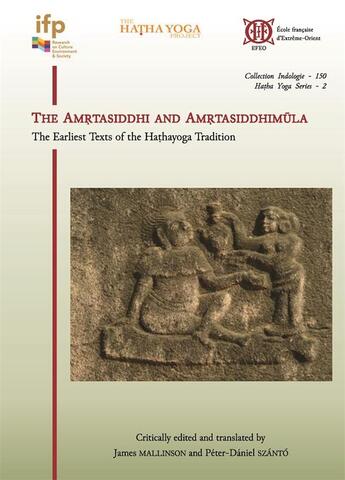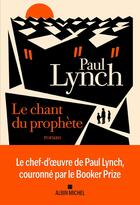Résumé:
This book introduces, edits, and translates the two earliest texts of the hathayoga tradition, the Amrtasiddhi and the *Amrtasiddhimula (which survives only in Tibetan translation). Basing their study on a bilingual manuscript, an extremely rare phenomenon, the authors argue that the origins of... Voir plus
This book introduces, edits, and translates the two earliest texts of the hathayoga tradition, the Amrtasiddhi and the *Amrtasiddhimula (which survives only in Tibetan translation). Basing their study on a bilingual manuscript, an extremely rare phenomenon, the authors argue that the origins of hathayoga are found in an eclectic tantric Buddhist milieu, probably active in the second half of the 11th century CE. The texts provide fundamental and later very influential teachings on the nature of the yogic body, psycho-physical practices centred on manipulating bindu, the types of practitioners, and much more. The book is addressed primarily to scholars, but will also be of interest to students and practitioners of yoga.
About the authors
James Mallinson studied Sanskrit at Oxford and is Reader in Indology and Yoga Studies at SOAS University of London and chair of the SOAS Centre of Yoga Studies. From 2015 to 2020 he was Principal Investigator of the ERC-funded Hatha Yoga Project and from 2021 to 2024 he will be Principal Investigator of the AHRC/DFG-funded Light on Hatha project, which will produce a critical edition of the Hathapradipika.
Péter-Daniel Szantó (1980) started his studies in Tibetology and Indology at Eotvos Lorand University, Budapest. He defended his doctorate in Oxford, prepared under the supervision of Alexis Sanderson, and then held several post-doctoral positions (Merton College, Universität Hamburg, All Souls College). He is currently working at the University of Leiden. His research focuses mainly on the history and literature of tantric Buddhism in South Asia.
Contents
I. Introduction
1 The teaching of the Amrtasiddhi
1.1 Chapter synopses
1.1.1 Chapters 1-10 The elements of the body
1.1.2 Chapters 11-14
1.1.3 Chapters 15-18
1.1.4 Chapters 19-31
1.1.5 Chapters 32-35
1.2 Innovations in the teaching of the Amrtasiddhi
1.3 The Amrtasiddhi and subsequent works on physical yoga
1.3.1 The Early hatha corpus
1.3.2 The later hatha corpus
1.3.3 Related Vajrayana works
1.4 Bindu and Blis
1.5 Alchemical metaphors
2. Constitution of the text
2.1 Description of manuscripts
2.2 Stemmatic analysis
2.3 Conventions for the critical edition
II. Critical edition of the Amrtasiddhi
III. Annotated translation of the Amrtasiddhi
IV. *Amrtasiddhimula
1. Critical edition of the *Amrtasiddhimula
2. Translation of the *Amrtasiddhimula with a running commentary
Works consulted
Index
Donner votre avis
















